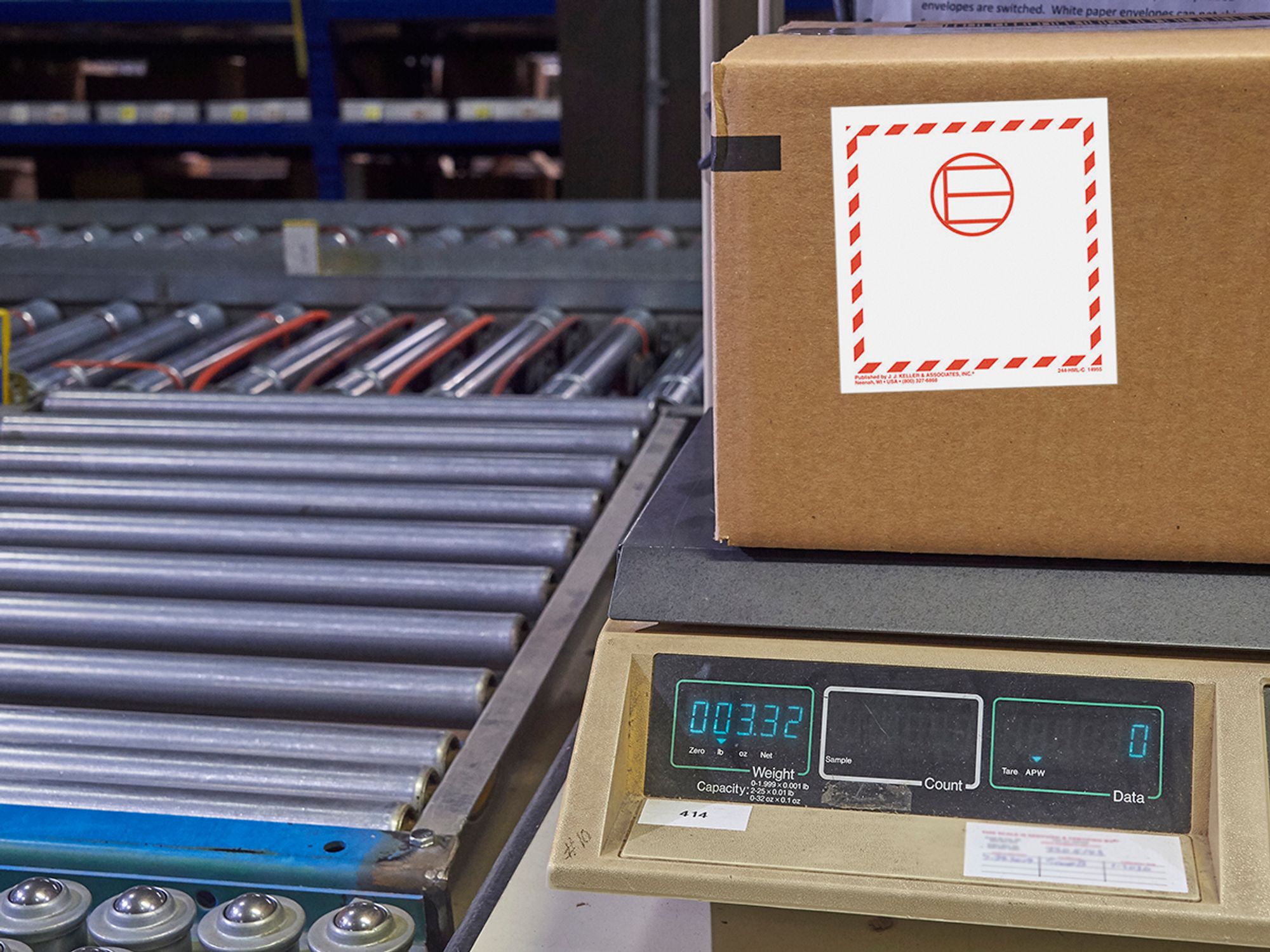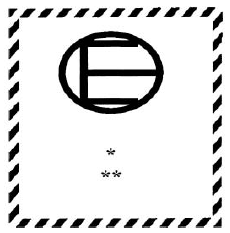Excepted quantities under IMDG

- Excepted quantities of certain dangerous goods that meet the provisions of the International Maritime Dangerous Goods Code Chapter 3.5 are subject to reduced requirements.
Excepted quantities of certain dangerous goods that meet the provisions of the International Maritime Dangerous Goods (IMDG) Code Chapter 3.5 are subject to reduced requirements.
For radioactive material, the provisions for excepted packages are found in IMDG Code Section 1.5.1.5.
Dangerous goods that may be carried as excepted quantities are indicated in column 7b of the Dangerous Goods List. The code in column 7b indicates the maximum net quantity allowed for the inner and outer packaging.
Excepted quantities: Packagings
Packagings used to transport dangerous goods in excepted quantities must comply with certain conditions.
There must be an inner packaging and each inner packaging must meet construction requirements detailed in IMDG Code Section 3.5.2. The closure of each inner packaging must be held securely in place by positive means. If a receptacle has a neck with screw threads, it must also have a leakproof threaded cap. The entire closure must be resistant to the contents.
Each inner packaging must be securely packed in intermediate packaging with cushioning material so that they cannot break, be punctured, or leak the contents under normal conditions of transport.
For liquids, the intermediate or outer packaging must contain sufficient absorbent material to absorb the entire contents of the inner packagings. The absorbent material may also serve as the cushioning material. Dangerous goods must not react dangerously with or reduce the integrity of the packaging materials. Regardless of its orientation, the package must completely contain the contents in the event of breakage or leakage.
The intermediate packaging must be securely packed in a strong, rigid outer packaging.
Each package must be large enough to apply all necessary marks.
Overpacks may be used and may also contain packages of dangerous goods or goods not subject to the IMDG Code.
Excepted quantities: Tests for packagings
The complete package as prepared for transport must be capable of withstanding the tests detailed in IMDG Code Section 3.5.3 without breaking or leaking and without a reduction in effectiveness. The testing must be appropriately documented.
Excepted quantities: Marking
Packages containing excepted quantities of dangerous goods must be marked with the mark shown in IMDG Code Section 3.5.4. The primary hazard class of each of the dangerous goods contained in the package must be shown in the mark. If the name of the consignor or consignee is not shown elsewhere on the package, this information must be included within the mark.

* The class or division number(s) must be shown in this location.
** The name of the consignor or of the consignee must be shown in this location if it does not appear elsewhere on the package.
The mark must be a square with the border hatching and symbol in black or red, on white or suitable contrasting background. The minimum dimensions are 100 mm × 100 mm. If dimensions are not specified for a feature, it must be in approximate proportion to those shown.
Overpacks and the unit loads containing excepted quantities must be marked with the excepted quantities mark unless the marks representative of all dangerous goods in the overpack or the unit load are visible. Overpacks must also be marked with the word “OVERPACK” unless marks representative of all dangerous goods in the overpack are visible.
Excepted quantities: Maximum per transport unit
A maximum of 1,000 packages containing dangerous goods packed in excepted quantities may be carried in any cargo transport unit.
Excepted quantities: Documentation
In addition to the documentation requirements in chapter 5.4, the words “dangerous goods in excepted quantities” and the number of packages must be included on the dangerous goods transport document, along with the description of the shipment.
Excepted quantities: Stowage
Dangerous goods packed in excepted quantity are allocated stowage category A (defined in IMDG Code Section 7.1.3.2). The stowage provisions in column 16a of the Dangerous Goods List do not apply.
Excepted quantities: Segregation
The segregation requirements of IMDG Code Chapter 7.2 to 7.7 do not apply for:
- Packagings of dangerous goods packed in excepted quantities, or
- Different dangerous goods in excepted quantities in the same outer packaging, if they do not react dangerously with each other.
Appendices
Appendix A to Part 3 of the IMDG Code contains the list of generic and n.o.s. proper shipping names. The name in the Dangerous Goods List that most appropriately describes the substance or article must be used as the proper shipping name. The main generic entries and all the n.o.s. entries given in the Dangerous Goods List appear in Appendix A.
General and n.o.s. names are grouped according to their hazard class or division. Within each hazard class or division, the names are in one of three groups, including:
- Specific entries that cover a group of substances or articles of a particular chemical or technical nature;
- Pesticide entries (for class 3 and class 6.1); and
- General entries that cover a group of substances or articles with one or more general dangerous properties.
Appendix B contains a glossary of terms applicable to Part 3 of the IMDG Code.
